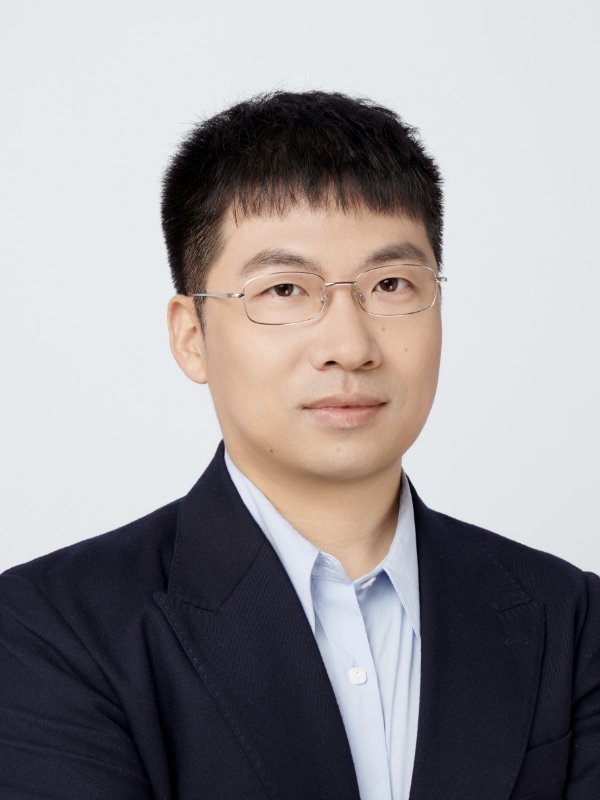By Wang Yawei

What might a future shaped by superconductivity look like?
Picture this: in the morning light, cars glide along city roads, their batteries replenished wirelessly in real time by underground superconducting wireless charging system.
Electric aircraft equipped with superconducting propulsion system skim across the river, heading towards distant horizons.
A superconducting maglev train cruises steadily at 1,000 km/h, cutting travel time from Beijing to Shanghai to just over an hour.
As the train leaves the tunnel, vast fields in the Taklamakan Desert come into view, now a high-tech agricultural hub. Hovering above, fusion-powered energy spheres bathe crops in light, transforming what was once barren land into a thriving green oasis.
From the promise of limitless energy through controlled nuclear fusion, to electric aviation, superconductivity, with its extraordinary physical properties, is poised to transform technology and daily life.
Controlled Nuclear Fusion
Controlled nuclear fusion offers a fundamental solution to humanity’s energy challenge, making it a top strategic priority for nations worldwide. Among fusion technologies, magnetic confinement fusion using superconducting magnets holds the most promise for practical application. Its core mechanism relies on powerful toroidal magnetic fields generated by superconducting coils to contain ultra-hot plasma within a vacuum chamber, creating a “magnetic cage.”
Inside such reactors, extreme temperatures coexist: superconducting magnets require cryogenic conditions below -200°C to maintain their zero-resistance state, while the confined deuterium-tritium plasma burns at over 100 million degrees Celsius, akin to trapping the sun inside a refrigerator. This remains one of the most challenging feats in modern engineering. Recent breakthroughs in high-temperature superconducting (HTS) materials and magnet technology, which generate stronger magnetic fields at higher operational temperatures compared to traditional low-temperature superconductors, are now key to revolutionizing fusion reactors and achieving commercial power generation.
Superconducting Maglev Trains
China’s high-speed maglev train (600 km/h) is currently in testing and nearing the limits of speed in atmospheric. Superconducting maglev technology levitates the train above its tracks, eliminating mechanical friction. When paired with low-pressure vacuum tubes to reduce air resistance, this creates a “low-vacuum tube maglev transportation system”, theoretically enabling speeds exceeding 1,000 km/h, faster than most commercial airplanes. Such “land jets” could turn cross-country commutes between major cities into one-hour trips, redefining regional connectivity.
Electric Aircraft
The shift toward transportation electrification continues, but aviation faces unique hurdles. Aircraft are weight-sensitive, and the power density and lightweighting of electric propulsion systems remain critical bottlenecks. High-temperature superconductors, with current densities over 50 times greater than traditional copper conductors, could dramatically boost the power density of onboard systems like motors, cables, and energy storage, making them the optimal path for electric aviation.
Countries like France, the U.S., and Russia have already begun integrating HTS technology into aircraft electrification. China, too, is advancing research, outlined in its 2019 White Paper on the Development of Electric Aircraft, which envisions a 250-passenger hybrid-electric aircraft with a 3,500 km range. Collaborations between the Chinese Aeronautical Establishment and universities are underway to develop superconducting power systems.
However, a global challenge remains: the lack of efficient superconducting motors and generators has slowed progress. Yet this transition offers China a strategic opportunity. By pioneering megawatt-class high-density superconducting motors and lightweight onboard power systems, combined with expertise in batteries and electric vehicle tech, China could leapfrog traditional aviation paradigms.
Over a century, superconductivity has evolved from laboratory curiosities in liquid helium-cooled coils to a key for overcoming energy loss. With its “zero-resistance” promise, superconductivity is unlocking a future of boundless possibilities.

(The author is an associate professor at the School of Electrical Engineering, Shanghai Jiao Tong University, and deputy editor-in-chief of the journal Superconductivity.)